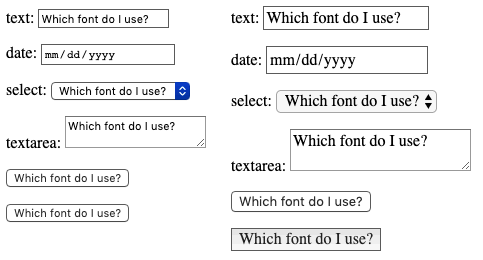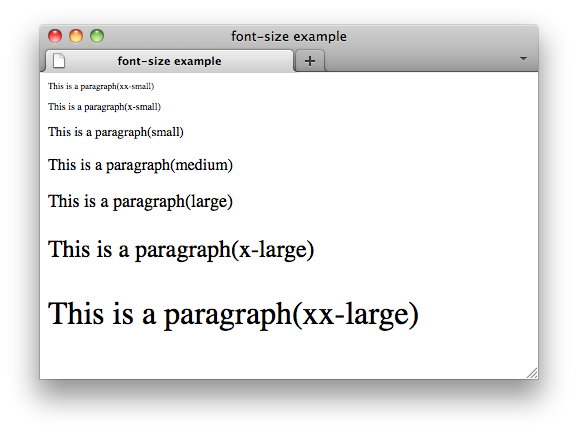

In the example above, if you had the time and money to survey all 600 students then that will give you a fairly accurate result. In practice most people normally want the results to be as accurate as possible, so the limiting factor is usually time and money. The decisions that will be made based on the results of the survey are important, expensive or have serious consequences.You think people are likely to give very different answers.different age groups, socio-economic levels, etc). You plan to divide the sample into many different groups during the analysis (e.g.It is very important to get accurate results.The decisions that will be made based on the results do not have significant consequences.Ĭhoose a number closer to the maximum if:.You think most people will give similar answers.You don’t plan to divide the sample into different groups during the analysis, or you only plan to use a few large subgroups (e.g.You only need a rough estimate of the results.The maximum sample would be 600, which would give you a fairly accurate idea about their opinions.Ĭhoose a number closer to the minimum if:


This would give you a rough, but still useful, idea about their opinions. Suppose that you want to survey students at a school which has 6000 pupils enrolled. Choose a number between the minimum and maximum depending on the situation Sampling more than 1000 people won’t add much to the accuracy given the extra time and money it would cost. This exceeds 1000, so in this case the maximum would be 1000.Įven in a population of 200,000, sampling 1000 people will normally give a fairly accurate result. For example, in a population of 5000, 10% would be 500. A good maximum sample size is usually 10% as long as it does not exceed 1000Ī good maximum sample size is usually around 10% of the population, as long as this does not exceed 1000. If your population is less than 100 then you really need to survey all of them. Most statisticians agree that the minimum sample size to get any kind of meaningful result is 100.
#Inherit font size sample how to#
Surveys where you plan to use fancy statistics to analyse the results, such as multivariate analysis (if you know how to do such fancy statistics then you should already know how to choose a sample size).Surveys that use non-random sampling, or a special type of sampling such as cluster or stratified sampling (for these situations see Sample size: A rough guide and the UN guidelines on household surveys).Surveys to compare between an intervention and control group or before and after a program (for this situation Sample size: A rough guide).Complex or very large surveys, such as national household surveys.Research studies conducted by universities, research firms, etc.Basic surveys such as feedback forms, needs assessments, opinion surveys, etc.
#Inherit font size sample free#
This article is a short introduction to the topic for a more in-depth coverage of the topic consider enrolling in the free online course offered by University of Florida. For more easy rules of thumb regarding sample sizes for other situations, I highly recommend Sample size: A rough guide by Ronán Conroy and The Survey Research Handbook by Pamela Alreck and Robert Settle. This guide will explain how to choose a sample size for a basic survey without any of the complicated formulas. If this sounds like you, then keep reading. One of the most common questions I get asked by people doing surveys in international development is “how big should my sample size be?”. While there are many sample size calculators and statistical guides available, those who never did statistics at university (or have forgotten it all) may find them intimidating or difficult to use.


 0 kommentar(er)
0 kommentar(er)
